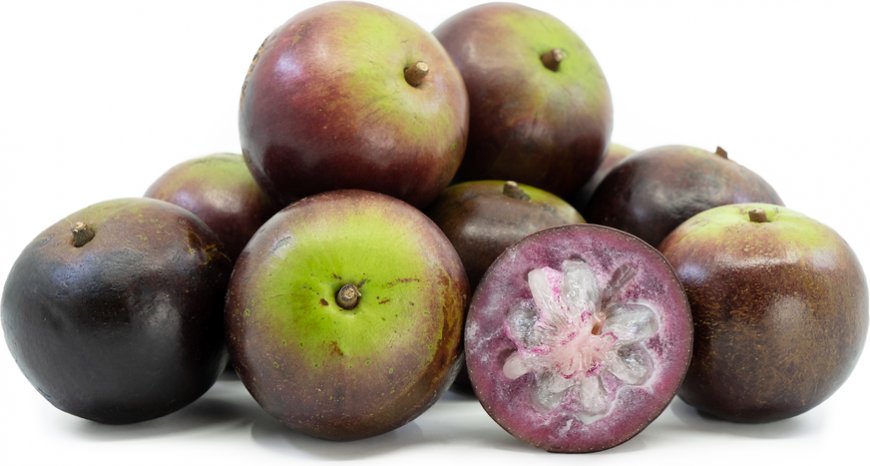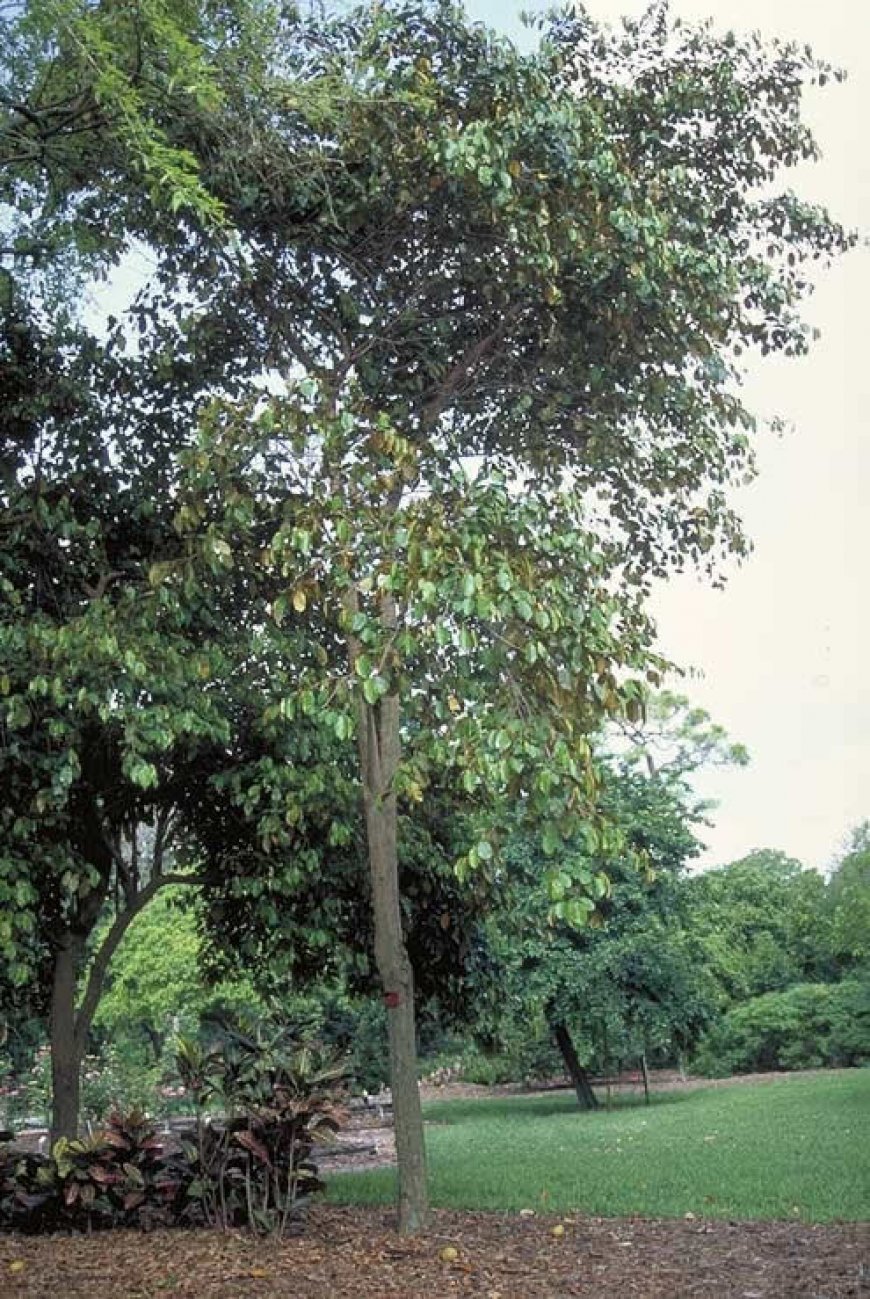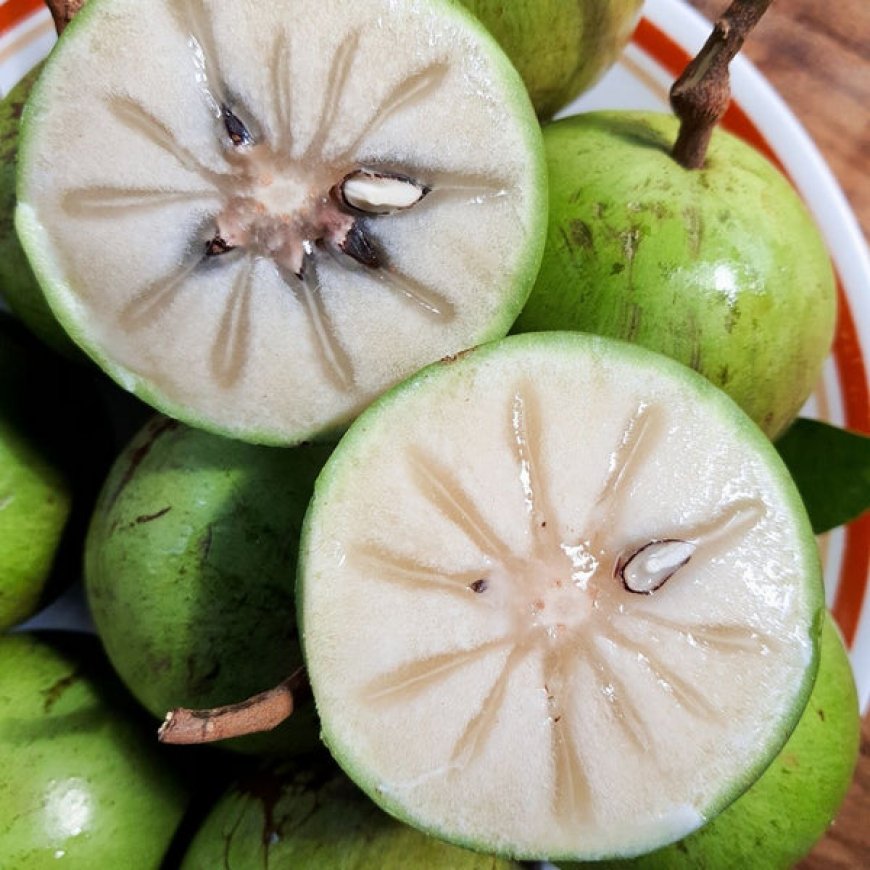The Most Stingiest Fruit In Jamaica & The West Indies : The Star Apple

Hailing from the Chrysophyllum cainito tree, the star apple is a true child of the tropics. Thriving in hot climates, it's native to the West Indies and Central America, with Jamaica being one of its cherished homes. Towering up to 70 feet tall, the star apple tree takes its time to mature, offering its first fruits after 5-6 years.

But the wait is worth it. Come March to June, these trees transform into prolific bearers, laden with star-shaped gems. Unlike most fruits, star apples hold onto their bounty tightly, refusing to fall to the ground. This characteristic has earned them a peculiar nickname in Jamaica – "mean fruit."
Purple or Green: A Tale of Two Star Apples
The Jamaican star apple comes in two delightful varieties: the deep purple and the green. While the purple boasts a captivating skin, the green remains stubbornly green even when ripe. Don't be fooled by their exteriors, though. Inside, both varieties reveal a treasure trove of flavors. The purple star apple offers a creamy white pulp with a hint of lavender around the edges, while the green boasts a pure white interior.

The star apple's flavor profile is as unique as its appearance. Imagine a symphony of sweet and tart, with a hint of apple and tropical fruit thrown in for good measure. The texture is delightfully creamy, making it a refreshing treat on a hot Jamaican day.
A Symbol of Being Stingy
The star apple's refusal to fall holds a special meaning in Jamaican culture. It's seen as a symbol of resourcefulness and holding onto what you have. This characteristic is playfully captured in the Jamaican saying, referring to someone who doesn't share as a "star apple."
Remember: Star apples are best enjoyed when fully ripe. Consult a reliable source for proper identification before consuming, as unripe star apples may have a laxative effect.
A Seasonal Delight: When to Find the Star Apple
Unlike its namesake, the star apple doesn't grace our tables year-round. This tropical treat thrives in the late winter months, peaking in flavor through early summer.








